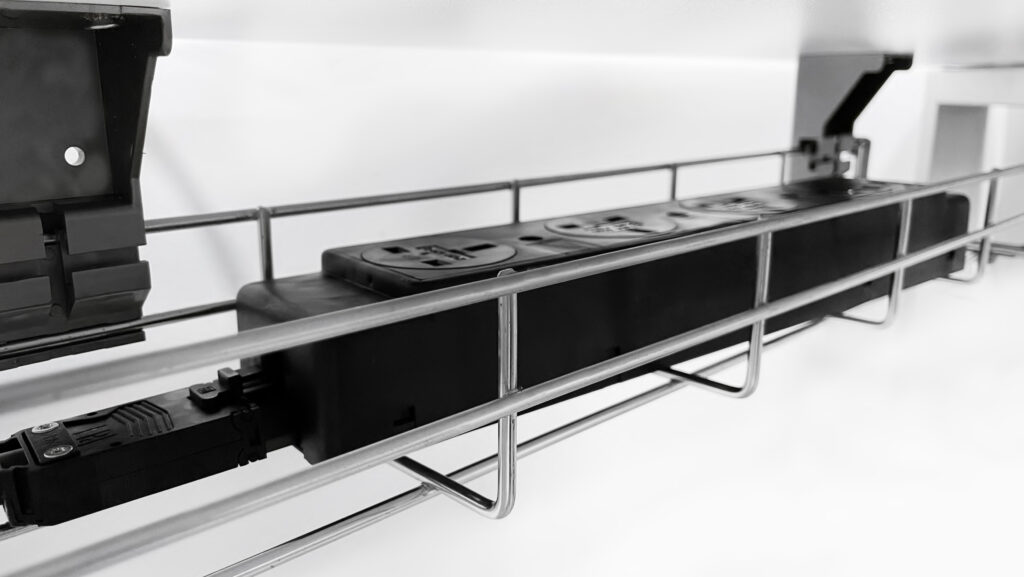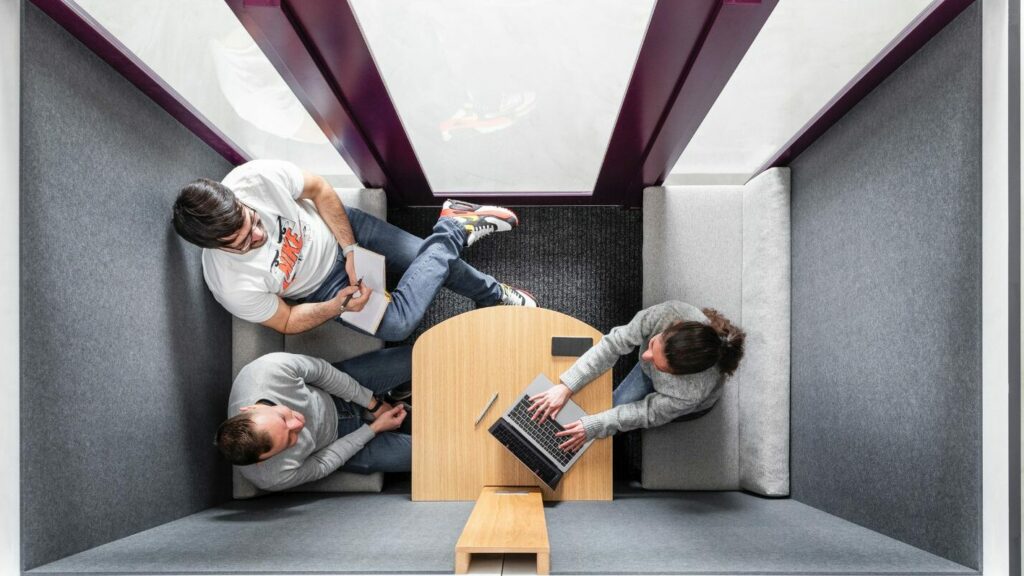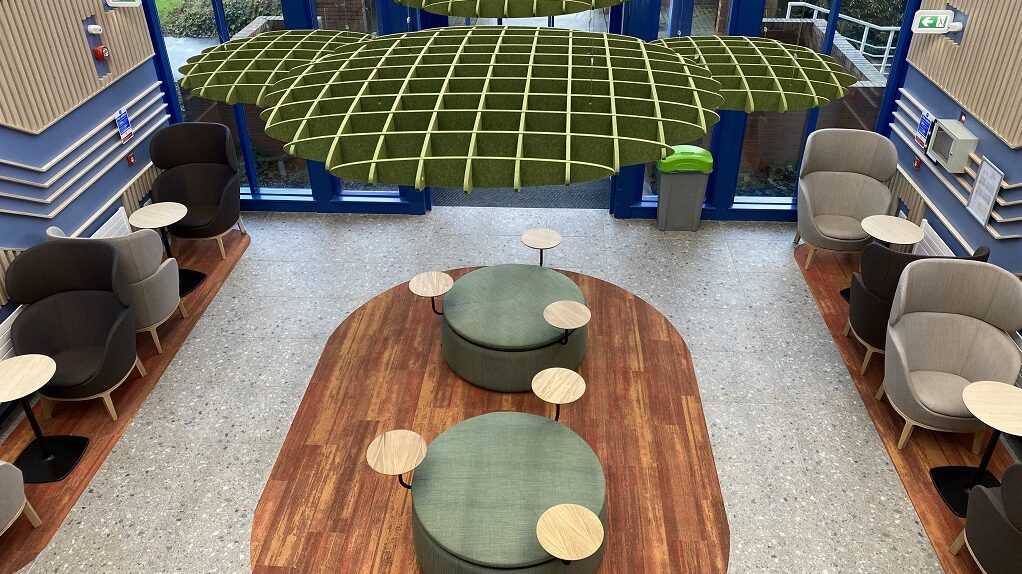Modularity in design
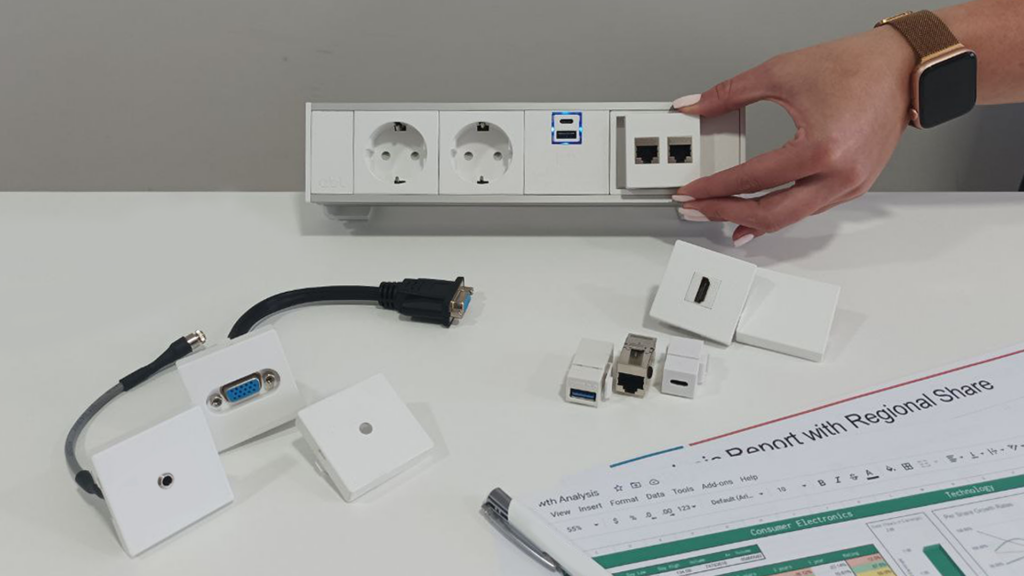
September
2022
Modular design or modularity in design has found its use in the last decades of the twentieth century. In an Interdisciplinary History of an Ordering Concept, Andrew L. Russell describes how the 21st-century principles of modular design were proposed by housing reformers and electronics engineers in the first half of the 20th century. Experts in a wide variety of disciplines, such as computer science, evolutionary biology, management studies, and educational theory, introduced the concepts of modular design into their professional practices. One of the popular examples of modularity was imagined and applied in the architectural theories by Albert Farewell Bemis in 1930.
Therefore, modularity has been discussed in terms of product development for quite some time and the benefits of modular design are widely advocated. There is modularity-in-production as well as modularity-in-use.
Modularity-in-production has no better example than car makers. Automobile companies manufacture their parts in separate locations and bring them all together for final assembly at one site. This is possible because the components have engineering specifications that determine how they will interact with the vehicle. This acts as a set of design rules for the parts factories to operate.
Adding modularity to the design for a product has many benefits throughout its life cycle, benefits that add value to each stage of its life. It is important to look at a product’s life cycle when considering modularity in a product’s design. Some of the key points for the application of modularity to a product are the following:
- Reduced Cost
- Flexibility in design
- To make complexity manageable
- To enable parallel work
- To accommodate future uncertainty
With all good modular product designs, there must be a common denominator or a standard component to the architecture. Standard sizes between modules are the main factors to a successful system of products. So, we combine the advantages of standardisation with those of customisation.
With the introduction of the IMP system (Interchangeable Multimedia Plates), we added extra benefits to our power modules since it allows complete flexibility. The end-user has the option for further upgrades of their module functionality anytime by just easily replacing existing data or audio-visual connections. Modular parts can be replaced without the use of special tools or a competent person.
ABL’s IMP system helps extend your products’ lifecycle and provides a future-proof solution. Our dealers benefit from the lower number of items in their stock since they cover a wider range of products.
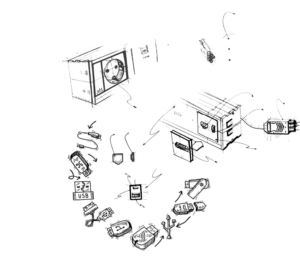
Both the IMP system and all modular parts are manufactured in-house to ensure compliance with British and EU Standards. This recognition of consistent quality and performance signifies reduced risk for the purchaser and the end-user; and when surveyed, consumers have stated that BSI Kitemark provides trust and reassurance in the company’s products.
To become our partner, contact your ABL Area Sales Manager:
UK & Ireland: email sales@abl-uk.com or call on 01933 400080
EMEA Region: email sales@abl.co.rs or call on 00381 32 420 100
